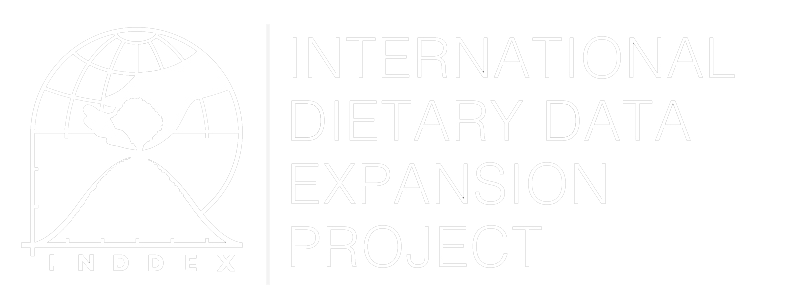Shannon Entropy Diversity Metric
Overview
The Shannon Entropy Diversity Metric is one of the two entropy-based indicators included in the Data4Diets platform. The Shannon Entropy Diversity Metric and Modified Functional Attribute Diversity (MFAD) both measure diversity by calculating the deviation from a perfectly equal distribution in the diet. Whereas the Shannon Entropy Diversity Metric measures this in terms of the distribution of individual foods, MFAD measures this in terms of nutrients. As a measure of food availability, it provides a measure of the relative abundance of each food item within a given supply of food, capturing both evenness and abundance. This indicator was originally developed for use in the biological sciences, and only recently has been adapted for use in the food and nutrition disciplines (Remans et al., 2014).
Method of Construction
This indicator is based on C.E. Shannon's diversity metric, which was developed to weigh both the richness and evenness of species within animal and plant communities (Shannon, 1948). The formula for calculating the metric is as follows:

Where:
H = Shannon
Pi = fraction of the entire population made up of species i
ln(Pi)= the natural log of above
S = number of species encountered
 = sum from species 1 to species S
= sum from species 1 to species S
Although the Shannon Entropy Diversity Metric is not commonly used in the context of nutrition and food security assessment, there is a large body of literature on Shannon Entropy Diversity methodology in general, including Begon et al. (2006), Chao (2003), and Magurran (1988), who offer further guidance on construction.
Uses
This indicator can be used to measure the diversity of food supplies on the national level in order to understand trends in food availability (Remans et al., 2014 ). Because the indicator can be divided by a common factor, it is useful in comparing the availability of foods across time and sociocultural contexts, and has been suggested as a main method for measuring food nutrient adequacy, which is one of the seven indicators chosen to best assess sustainable nutrition security (Gustafson et al., 2016 ). Additionally, it has been adapted to be used with national-level expenditure data as well as availability data (Wang et al., 2017).
Strengths and Weaknesses
One strength of the Shannon Entropy Diversity Metric is that it can be scaled from 0 to 1 for ease of comparison. However, a major weakness is that MFAD calculations rely on Food Balance Sheets (FBS), which means data are not based on actual consumption but on availability, and this national-level data could obscure regional-level differences in diversity. The data source also limits the foods included in the analysis to those reported in the FBS (Lele et al., 2016). Although diversity suggests a higher quality diet, the actual nutrient content or density is not captured by this metric. Indicators that measure the diversity of the food supply based on nutrient composition, such as the MFAD, would be more effective for understanding the availability of any nutrients of specific research or programmatic significance.
Data Source
The Shannon Entropy Diversity Metric can be calculated from FBS data.
Links to Guidelines
Links to Illustrative Analyses
- Remans et al., (2014). "Measuring nutritional diversity of national food supplies."
- Hanley-Cook et al. (2022). Food biodiversity: Quantifying the unquantifiable in human diets. Critical Reviews in Food Science and Nutrition.
- Remans et al., (2014). Measuring nutritional diversity of national food supplies. Global Food Security.
